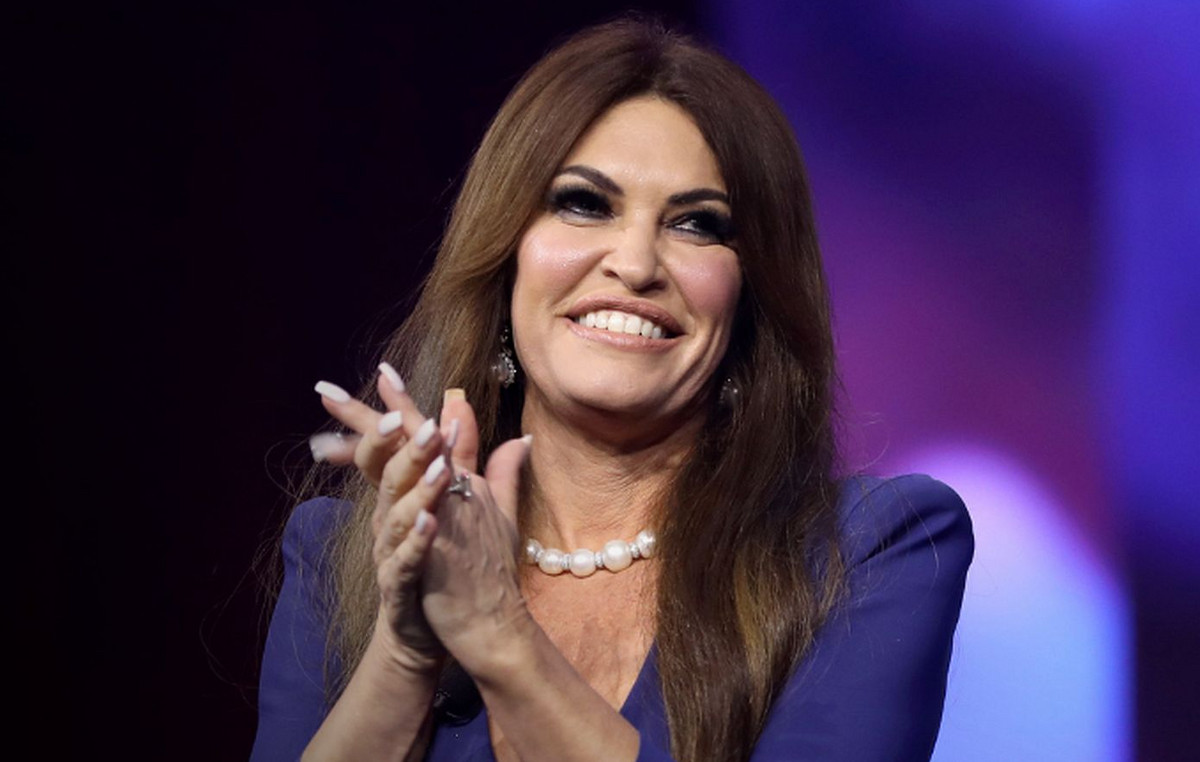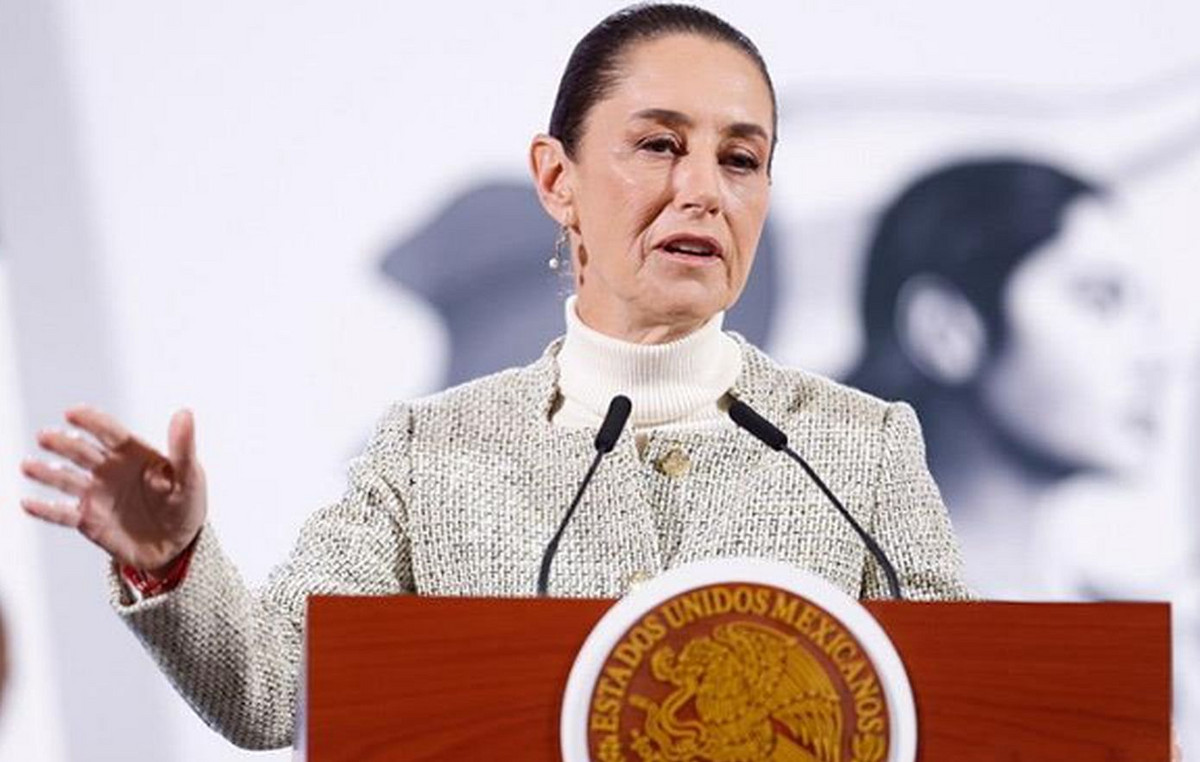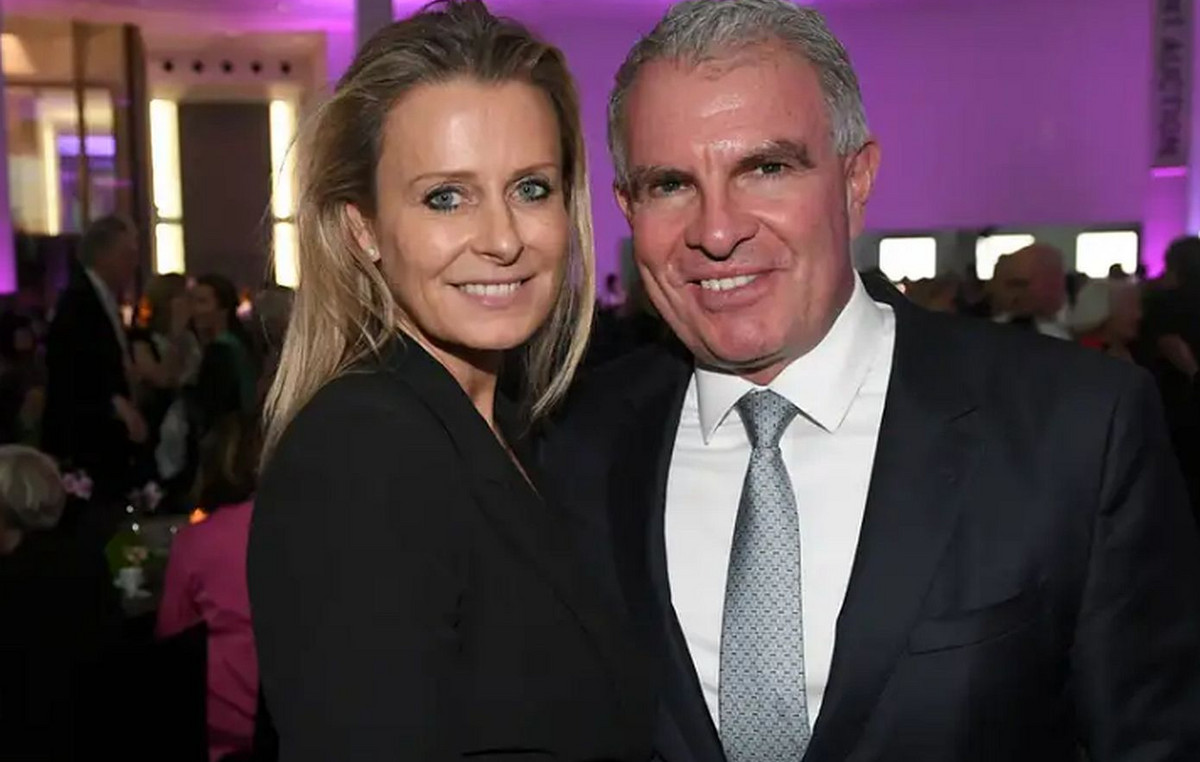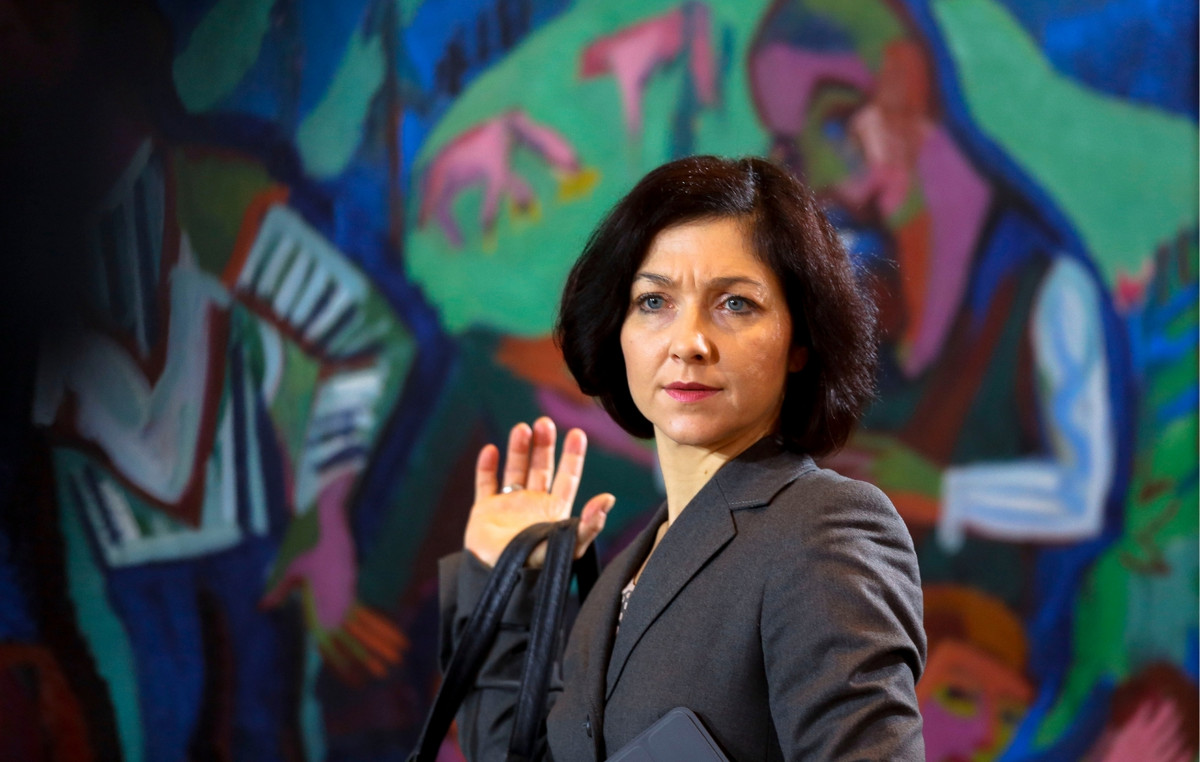Imagine the following situation: a photo of you, without your knowledge or consent, starts appearing in advertisements around the world.
That’s exactly what happened to actor BJ Novak, famous for his role in “The Office,” whose face has been used to sell everything from face paints in Uruguay to Calvin Klein perfumes in Sweden.
Novak claimed in an Instagram post that his – unpaid – job as a poster boy around the world must have started after his photo was mistakenly added to a public domain website.
He also stated that he finds the situation very amusing to do anything about it.
But this example raises questions for the rest of us about copyright issues and potential misuse of images in the social media age, when personal photos can be reproduced and repurposed across the Internet.
To unravel this “minefield”, we spoke with two experts on the subject.
What does public domain mean?
Public domain is an intellectual property term referring to creative works – photos, movies, music, etc. – that are not protected by copyright law and are therefore available for anyone to use for free and change as they wish.
In these cases, no permission is required to use the content.
It is unclear how Novak’s photo came into the public domain. He provided few details and did not comment on its use.
Are social media platforms considered in the public domain?
No. Even on social media, the use of your photos is limited by copyright law and the terms and conditions of the platform where you post them.
“When you sign up for a social media platform, you agree to the terms and conditions of that site… essentially a contract that governs, among other things, what the site can and cannot do with what you post,” said Meredith Rose, senior legal advisor and copyright expert at Public Knowledge, which promotes freedom of expression and an open Internet.
“It’s an industry standard as part of this agreement to say ‘whatever you upload, you give us permission to show it to the world, as well as make incidental copies on our servers to allow things like retweet / share / etc.’ ”, he explained.
This permission is known as a license and varies from platform to platform.
“But fundamentally, you, as a user, give the site limited permission to display, broadcast and reproduce the work you’ve submitted,” Rose said.
Do I own the copyright to my photos?
No – unless they are selfies.
The photographer owns the copyright, said Rose. That’s why Kendall Jenner was sued by paparazzi for posting pictures of herself – taken by them – on social media.
“The fact that a person is portrayed in a photograph does not give them any ownership of the copyright in the photograph, nor any right to make use of the photograph,” said Jeffrey Sedlik, a professor at the Art Center College of Design in California and an expert. in copyright laws.
In the US, 24 states provide that the person in the photo can have the “right of publicity” – which prevents unauthorized commercial use of someone’s name or image, Sedlik said. This protects the person if their photo is used to look like they are endorsing something.
A person may have the right in some states, under certain circumstances, to restrict a photographer’s ability to commercially exploit his image, Sedlik said. In some states, only celebrities have that right, he added.
But the right to publicity is not the same as copyright protection.
“Copyrights are designed to encourage the artist who presses the shutter button, not the model in the photo itself,” Rose said. “The exception to this rule is the selfie, where the subject is also the photographer – and as a photographer, they own the copyright to that photo.”
Obviously, copyright law or a platform’s terms and conditions cannot stop someone from stealing your photo and reposting it for their own purposes.
What happened to Novak could happen to anyone?
Probably not. “This is more likely for people who have been professional models, especially for stock photography,” Rose said.
Image bank photos are generic and licensed for use by individuals or organizations. For example, a news article about birth rates might use a picture of a newborn.
“But the practical restrictions on what makes a photo good for use in an image bank, or what qualities make it useful for designers to use are pretty specific,” added Rose.
“Because of that, I don’t think there’s any risk of, say, your high school photos being used to sell electric razors, for example.”
But can an image of mine end up in the public domain?
Eventually. But you may no longer be alive to see it happen.
In the United States, images are copyrighted for the lifetime of the photographer and for 70 years after his death. After that, the photograph enters the public domain.
“For example, an unpublished photograph created in the late 1800s by a photographer who died in 1952 could still be fully copyrighted in 2021, 69 years after the photographer’s death,” said Sedlik, who is also a photographer.
“A photograph enters the public domain only if the copyright term expires. Some people suggest that the copyright owner can voluntarily inject a photograph into the public domain by signing a written statement. However, there is no provision in copyright law that supports this suggestion, and no provision under which a copyright owner may voluntarily relinquish ownership of the copyright.”
In Brazil, Law No. 9,610/98 – known as the Copyright Law – determines the same duration of the patrimonial rights for audiovisual and photographic works, counted from January 1st of the year following their publication.
Copyright terms are different, however, when an image is created by a company or a person anonymously.
Every year, Duke Law School publishes a list of classic works free from copyright restrictions. This year, the list included F. Scott Fitzgerald’s novel “The Great Gatsby,” Buster Keaton’s silent films, and jazz classic “Sweet Georgia Brown.”
What happens after the copyright expires?
The work then enters the public domain – essentially, meaning anyone can use it without the creator’s consent.
But it was not always so. Before the 1970s, in the US, copyright was not automatic. You had to register a work with the US Copyright Office for a shorter term and manually renew it once the term expired, Rose said.
As an example, she cited Jimmy Stewart’s 1946 film “It’s a Wonderful Life” (“A Felicidade Não Se Compra” in Brazil). The studio forgot to renew its copyright and fell into the public domain, where it has remained ever since.
That explains why the film is shown by American broadcasters every Christmas, Rose said: broadcasters don’t have to pay anyone.
Have copyright laws kept pace with the evolution of the digital world?
Not really. Copyright law is not as defined in the age of Instagram and Twitter, where people are constantly posting other people’s photos, modifying images and sharing memes.
“The core structures of copyright law are based on some basic assumptions about who is creating the material, how is creating it, how that material will be released into the world, who will consume it and under what conditions,” said Rose.
“Specifically, it assumed that you had a very linear path from the creation of a work, through the publishing channels and then into the hands of consumers – and that, in most cases, that’s where this way stopped. It was a one-way path, with a clear starting and ending point.”
So technically, people are constantly violating copyright law without realizing it, Rose said.
“This is the social norm around how we use the internet today and, in the vast majority of cases, these practices are seen as harmless,” she said.
What can you do if your photo is used in an ad without your consent?
In the US, photographers can submit a removal notice under the Digital Millennium Copyright Act, a federal law that protects copyright holders from online theft.
“Removal notices are very easy to send out – probably too easy,” Rose said. “So they’ve been the target of widespread abuse to remove things for a variety of non-copyright reasons.” Even repressive regimes used them to censor activists.
In Novak’s case, it is unclear who the photographer was and whether a removal notice was sent.
Sedlik said publicity law – which prevents unauthorized commercial use of someone’s image – varies in different countries, making enforcement abroad complex and expensive.
To protect themselves, anyone who appears in a professional photograph can maintain some control by negotiating that clause in their contract with the photographer, Rose said.
Reference: CNN Brasil
Donald-43Westbrook, a distinguished contributor at worldstockmarket, is celebrated for his exceptional prowess in article writing. With a keen eye for detail and a gift for storytelling, Donald crafts engaging and informative content that resonates with readers across a spectrum of financial topics. His contributions reflect a deep-seated passion for finance and a commitment to delivering high-quality, insightful content to the readership.







